
Understanding Milia On Face: Causes, Types, And Treatment Options
- Introduction to Milia: What is it, and why does it appear on the face?
- Causes of Milia: Hormonal changes, skin conditions, and genetics
- Types of Milia: Primary, secondary, and familial
- The Difference Between Milia and Acne: Similarities and how to tell them apart
- Tips for Preventing Milia on the Face
- Conclusion
- FAQs
Introduction to milia: What is it, and why does it appear on the face?
Milia occur in the form of small, white bumps on the cheeks and nose. They are an outcome of keratin getting trapped under the skin’s surface. This skin condition is mostly common in newborns, while individuals of all ages and ethnicities can be affected.
Milia bumps are usually not painful or itchy. But milia cysts on the face can cause discomfort to some people. Rough clothing or sheets can cause redness and irritation on milia bumps.
Causes of milia: Hormonal changes, skin conditions, and genetics
If you are experiencing milia acne on your skin, some of the possible causes include:
- Hormones: Milia is often mistaken as baby acne, which is linked to hormones from the mother. Mila does not trigger swelling, which is commonly associated with baby acne. Moreover, baby acne occurs after two to weeks of birth. But babies are usually born with milia on the face and other parts of the body.
- Skin conditions: Some skin conditions like cicatricial pemphigoid and epidermolysis bullosa can cause milia. Another skin condition that is associated with milia is porphyria cutanea tarda (PCT).
- Genetics: Milia might occur due to genetic issues or autoimmune disorders like lichen planus. This type of milia usually appears on the jaw, cheeks, ears, and eyelids.
- Steroids: Long-term topical usage of steroids might cause milia in some individuals.
- Skincare products: Skincare products with ingredients like paraffin oil and liquid petroleum can be linked to Milia acne.
Types of milia: Primary, secondary, and familial
The different types of milia that can occur on the skin include:
- Primary milia: Primary milia occurs in newborns, which gave rise to the name neonatal milia. It is a result of keratin getting trapped under the skin directly. Usually, this type of milia in newborns clears out within a few weeks.
- Secondary milia: This type of milia on the face occurs due to clogged ducts on the surface of the skin. This clogging often happens due to an injury or damage to the skin. Severe burns and rashes often cause secondary milia. In the case of secondary milia, the cysts might irritate and come with red edges and a white centre.
- Familial milia: This type of milia occurs due to genetic or autoimmune disorders like lichen planus or discoid lupus. Familial milia are usually common on the ears, cheeks, jaw, and eyelids. Familia milia cysts can grow several centimetres in diameter. This type of milia is particularly common in middle-aged females.
The difference between milia and acne: Similarities and how to tell them apart
Milia and acne are often mistaken for one another. In fact, milia is often viewed as a form of acne. However, milia is a completely different skincare issue.
While milia bumps look quite similar to pimples, they are not the same. Determining the difference between milia and pimples can often be challenging. But one major difference between them is that milia cysts are not inflammatory like pimples.
If you are confused about whether you have milia or acne, you can always visit a dermatologist to find out the right answer. A dermatologist will analyse the appearance of the cysts before classifying them as milia or pimples. Dermatologists recommend skin lesion biopsies only in rare cases to differentiate between milia and acne.
Tips for preventing milia on the face
A few tips that can help people with milia cysts on the face include:
- Choose a light sunscreen: A broad-spectrum sunscreen is ideal for shielding your skin against sun damage. But another benefit of sunscreen is that it can reduce the severity of milia bumps on your face. Choose the Mineral Matte Tinted Sunscreen with a rich formulation of zinc oxide and titanium dioxide to scatter UV rays falling on your skin and lend an even complexion to your face.
- Clean the area: If you have milia acne, you will benefit from cleansing your face with a light face wash. The Clearing & Calming Acne Face Wash can remove impurities from your skin while delivering a soothing effect.
- Exfoliate the area gently: Gentle exfoliation can help remove irritants on your skin that trigger milia. The Overnight Exfoliating AHA BHA Radiance Mask won’t be too harsh on your skin and prevents the overproduction of keratin that triggers milia.
Also read: AHA vs BHA - Know the Difference Between AHA and BHA
Conclusion
Milia usually doesn’t contribute to long-term problems. In infants, milia often clear up within a few weeks after birth. Older children and adults can also get relief from milia by using proper skincare products. Don’t forget to check in with a skincare specialist if your milia doesn’t seem to disappear for a long time.
Also read: White Pimples on Face: Types, Causes, Prevention
FAQs:
1. Why am I suddenly noticing milia bumps on my face?
You are noticing milia bumps on your face, probably because dead cells are staying trapped under your skin’s surface. Skin damage due to a rash, injury, or sun exposure can also contribute to milia.
2. How long does Milia take to go away?
In newborns, milia can disappear within a few weeks after birth. In older children and adults, milia might take a longer time to disappear. But you can rely on the right set of skincare products to tackle the issue of milia quickly.


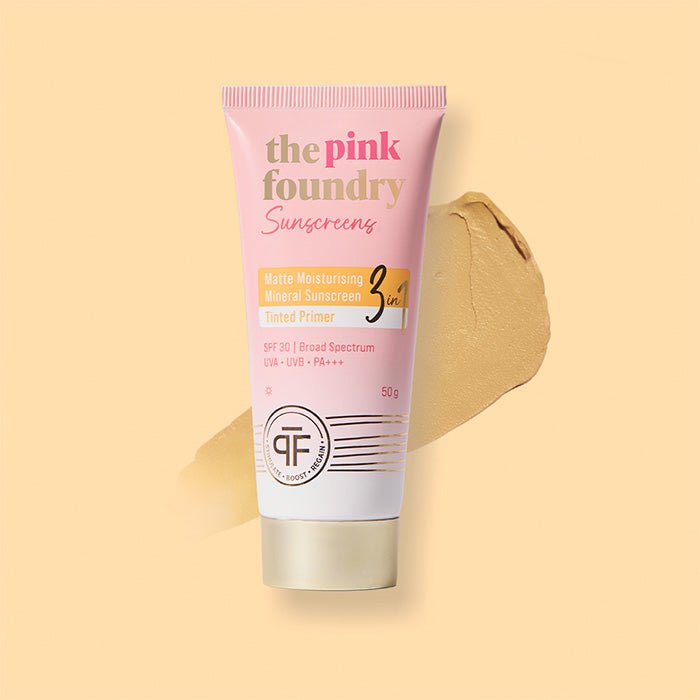



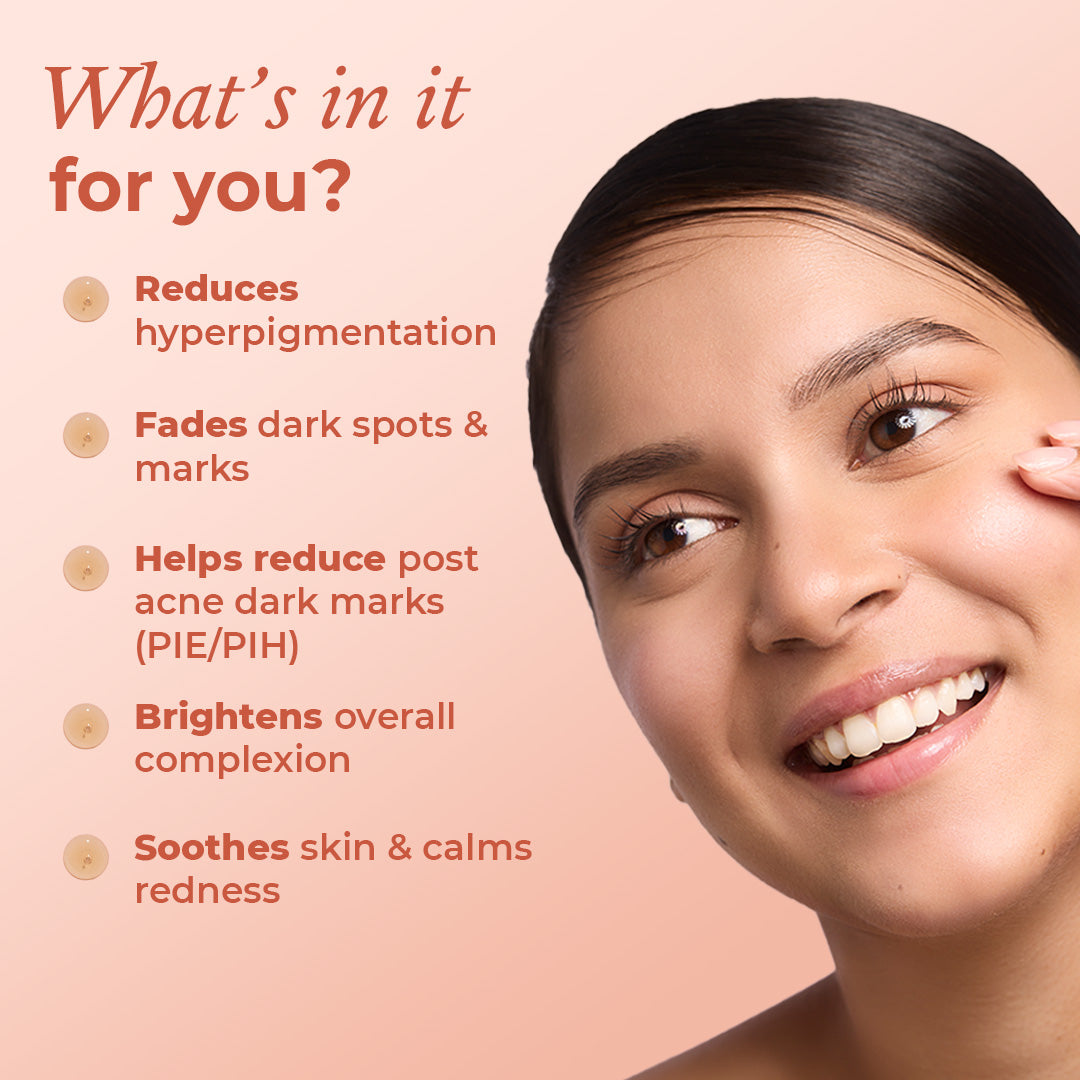

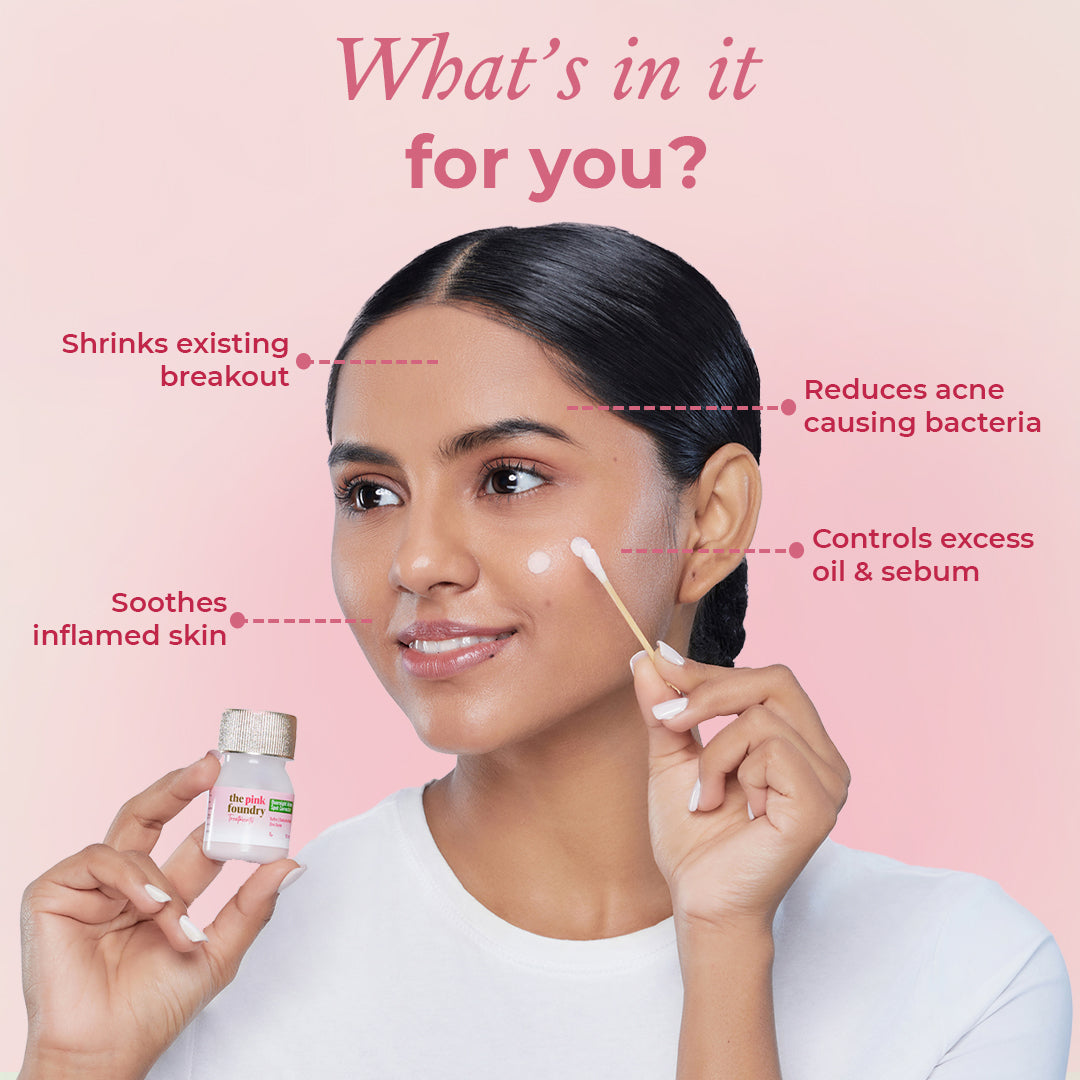
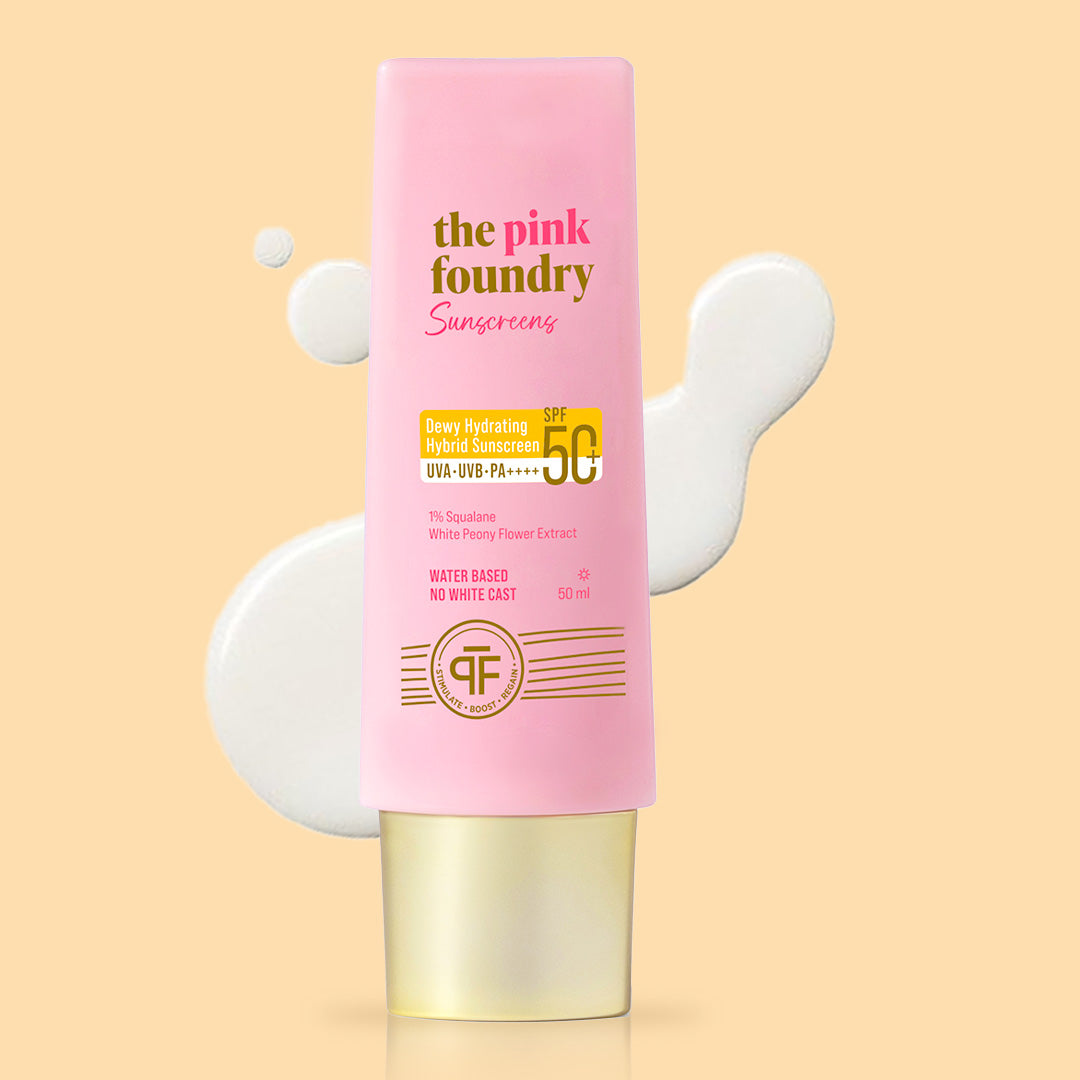
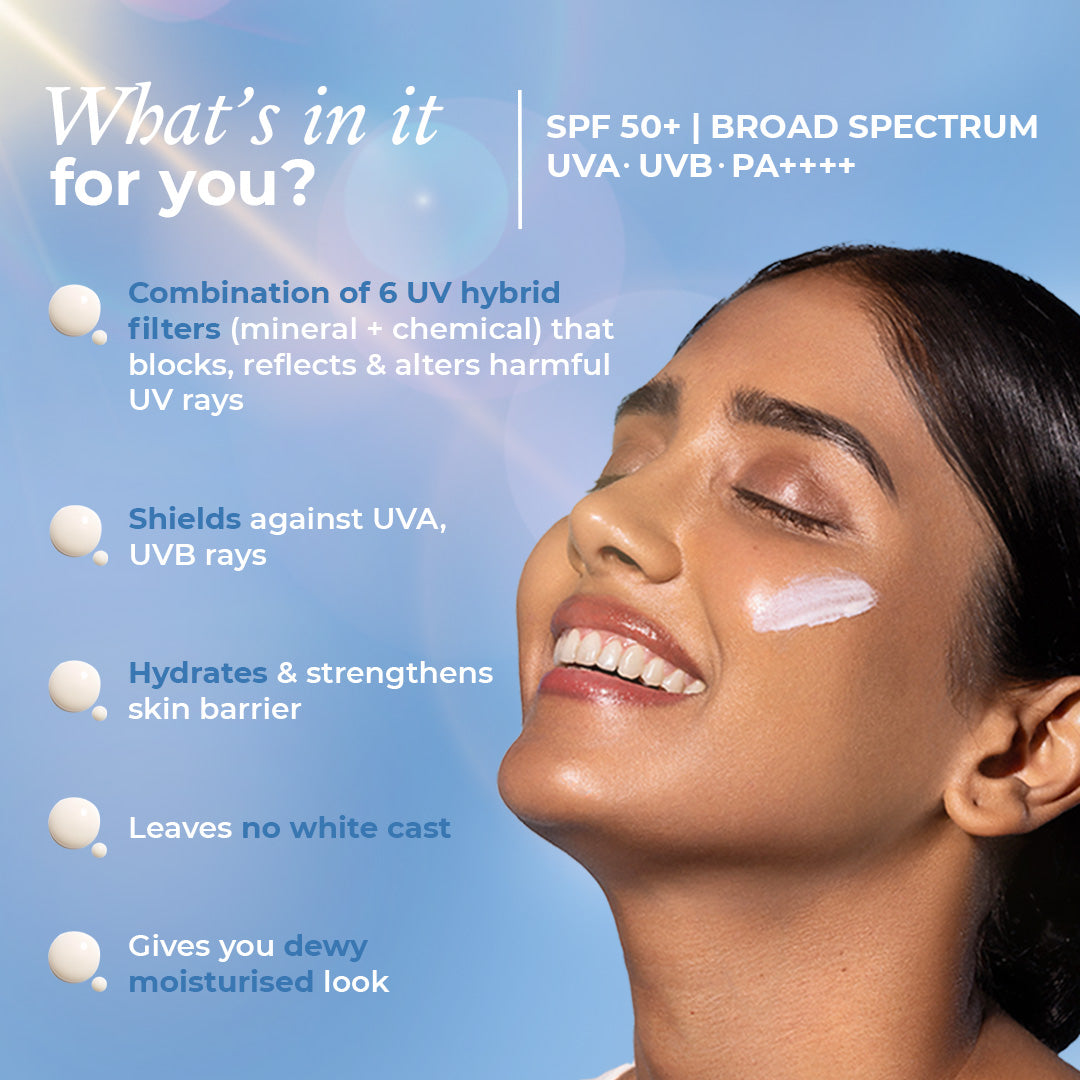
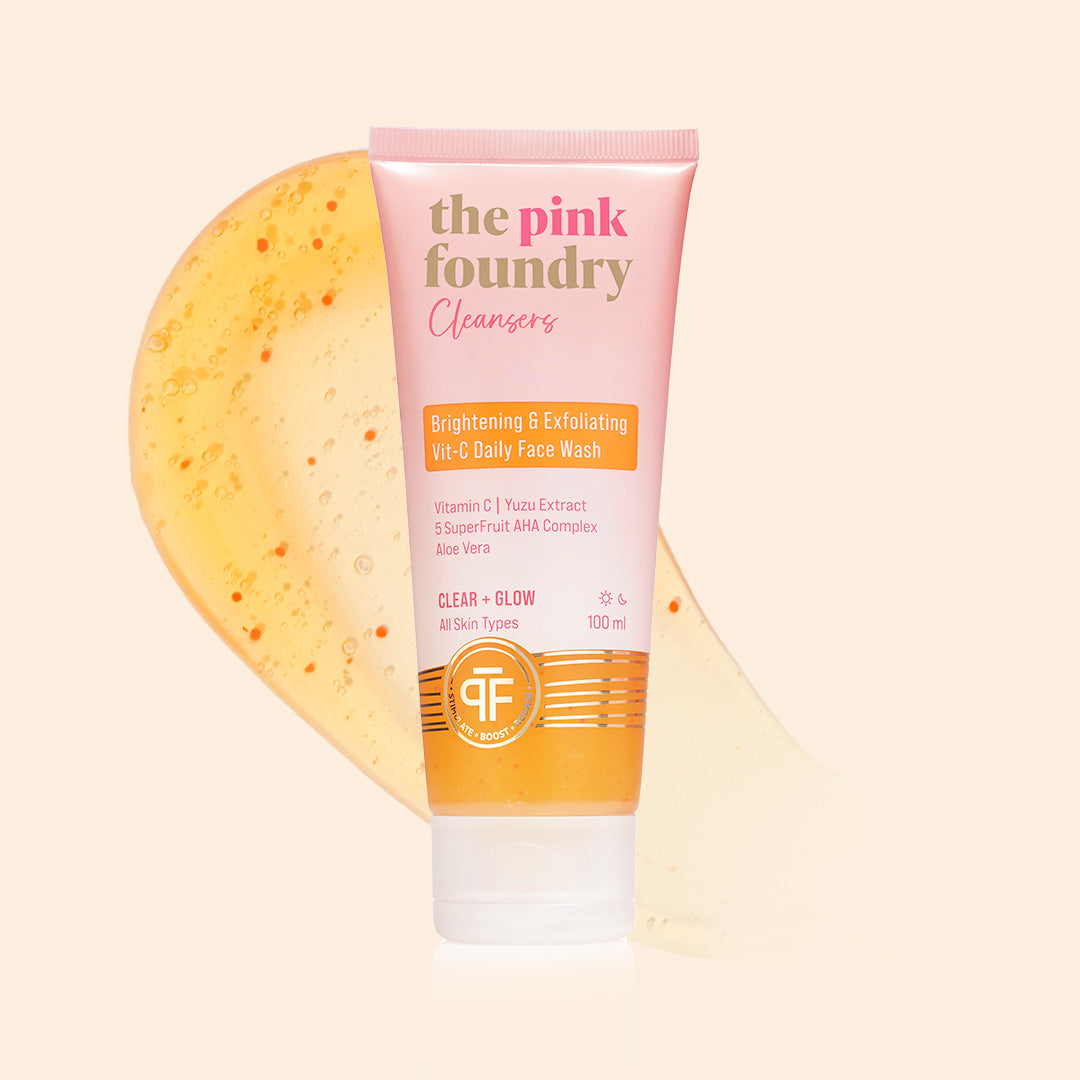
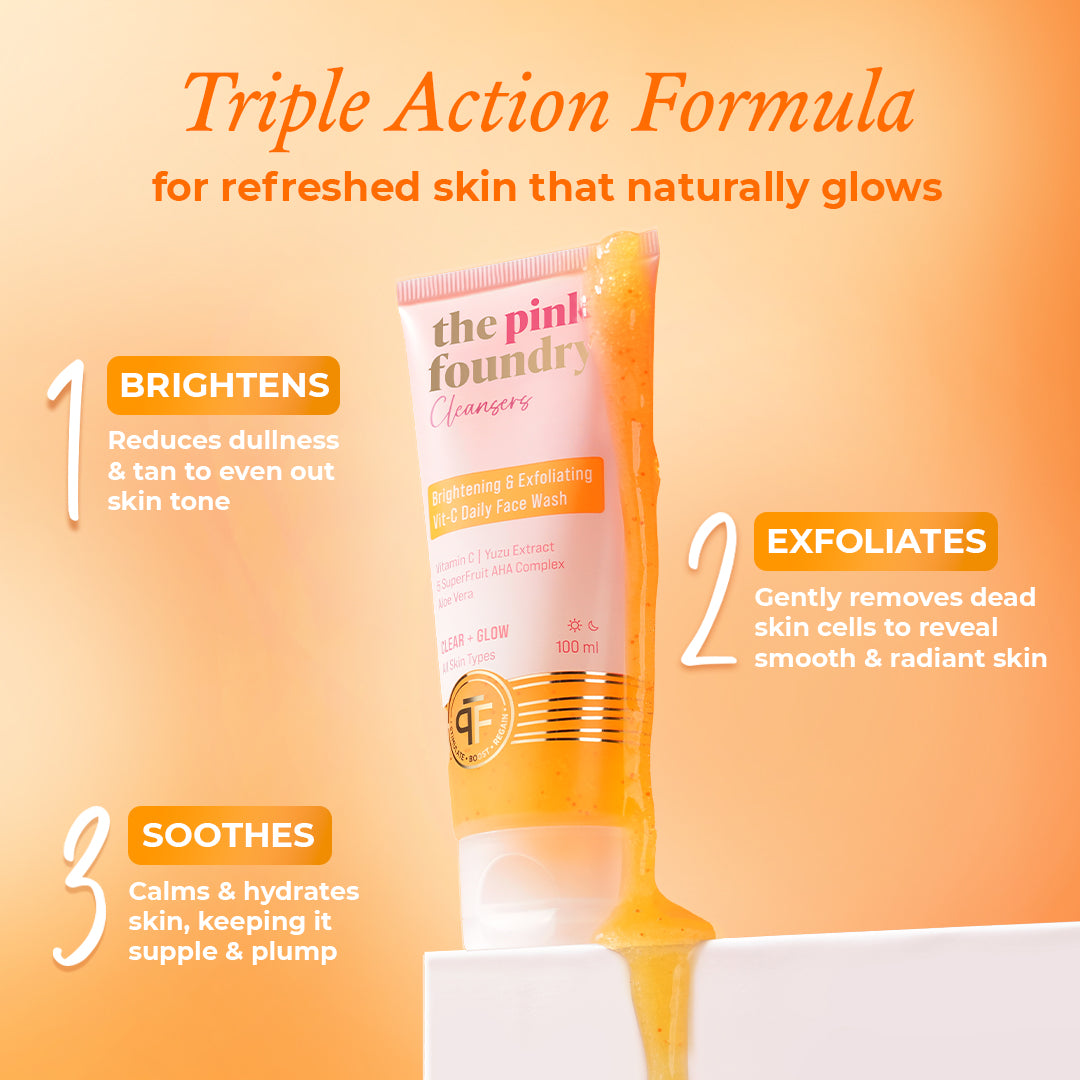
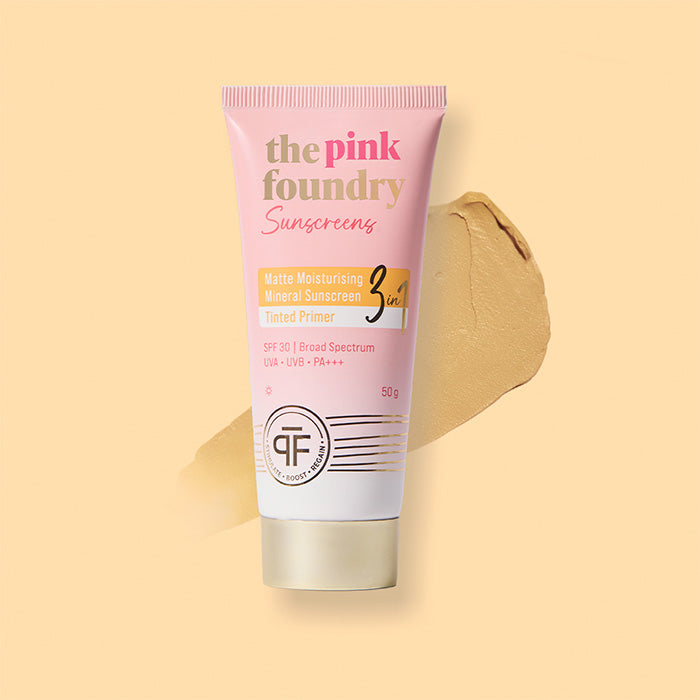
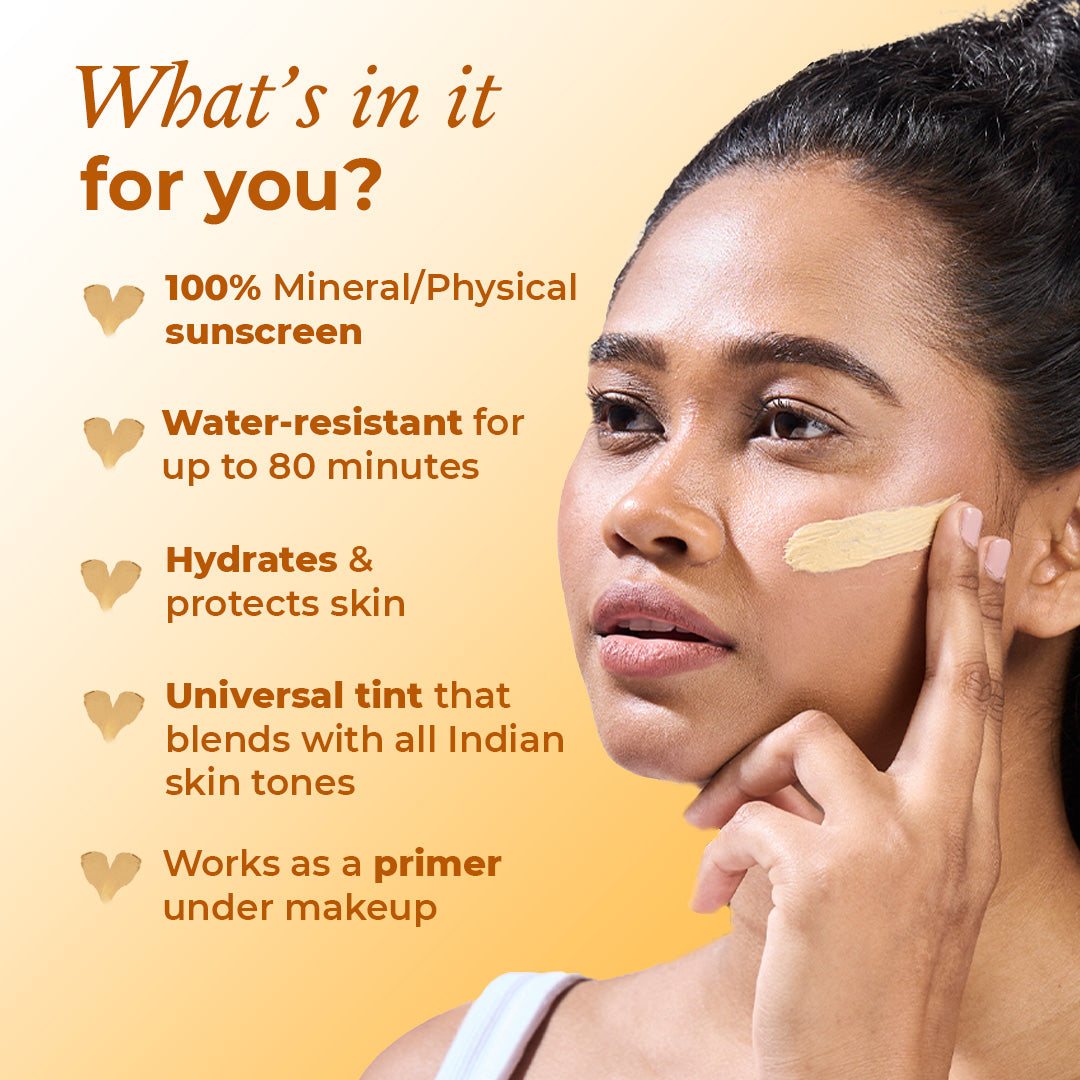
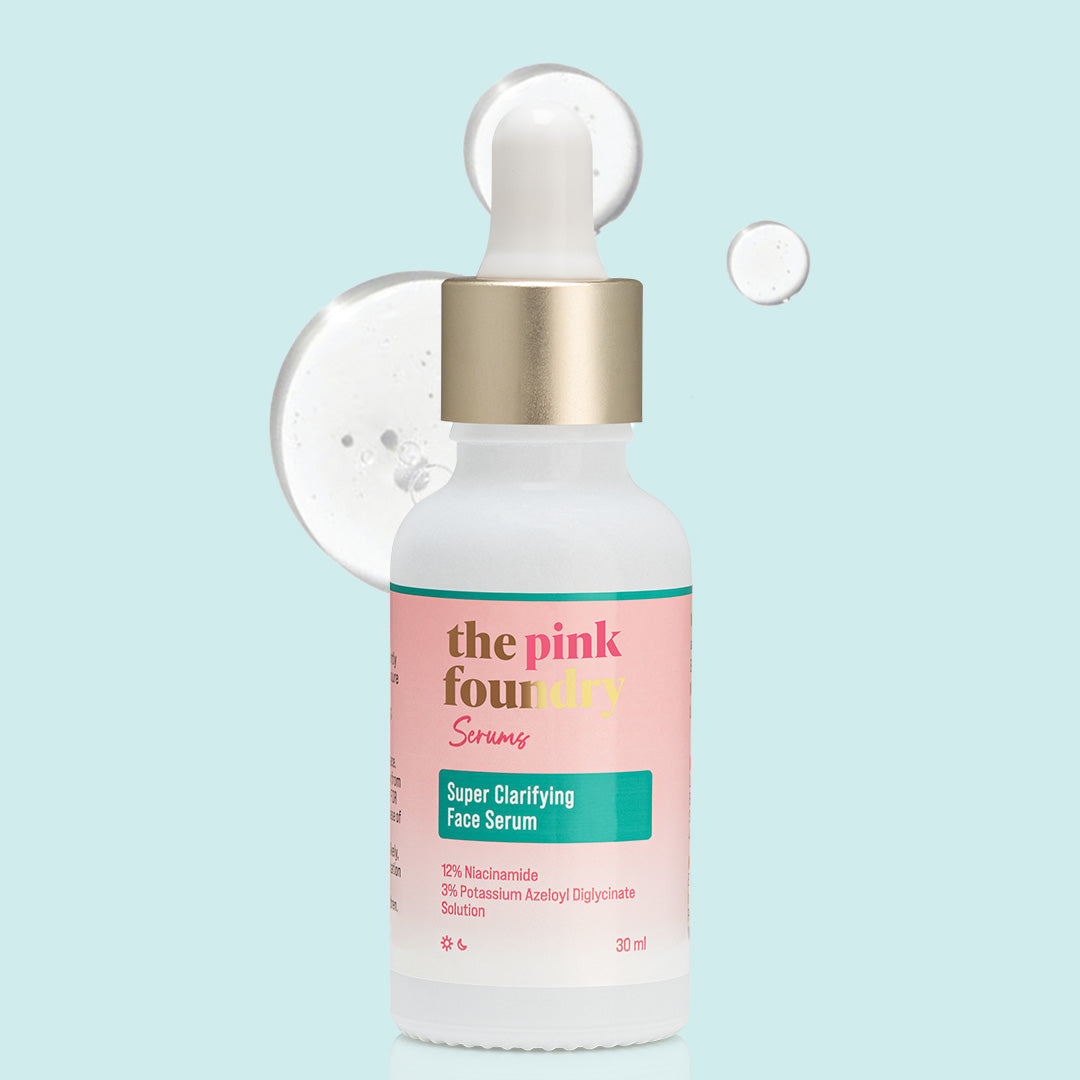
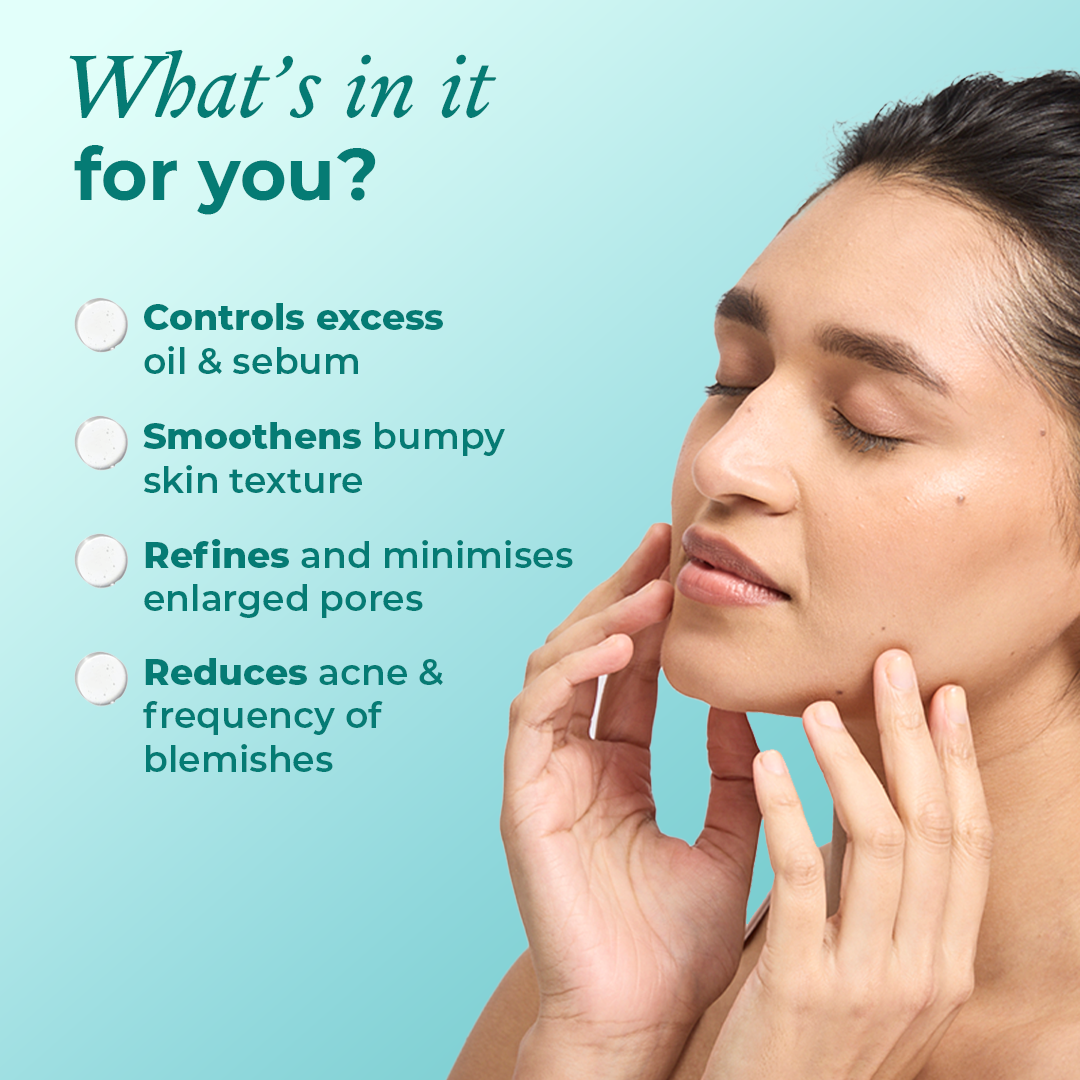

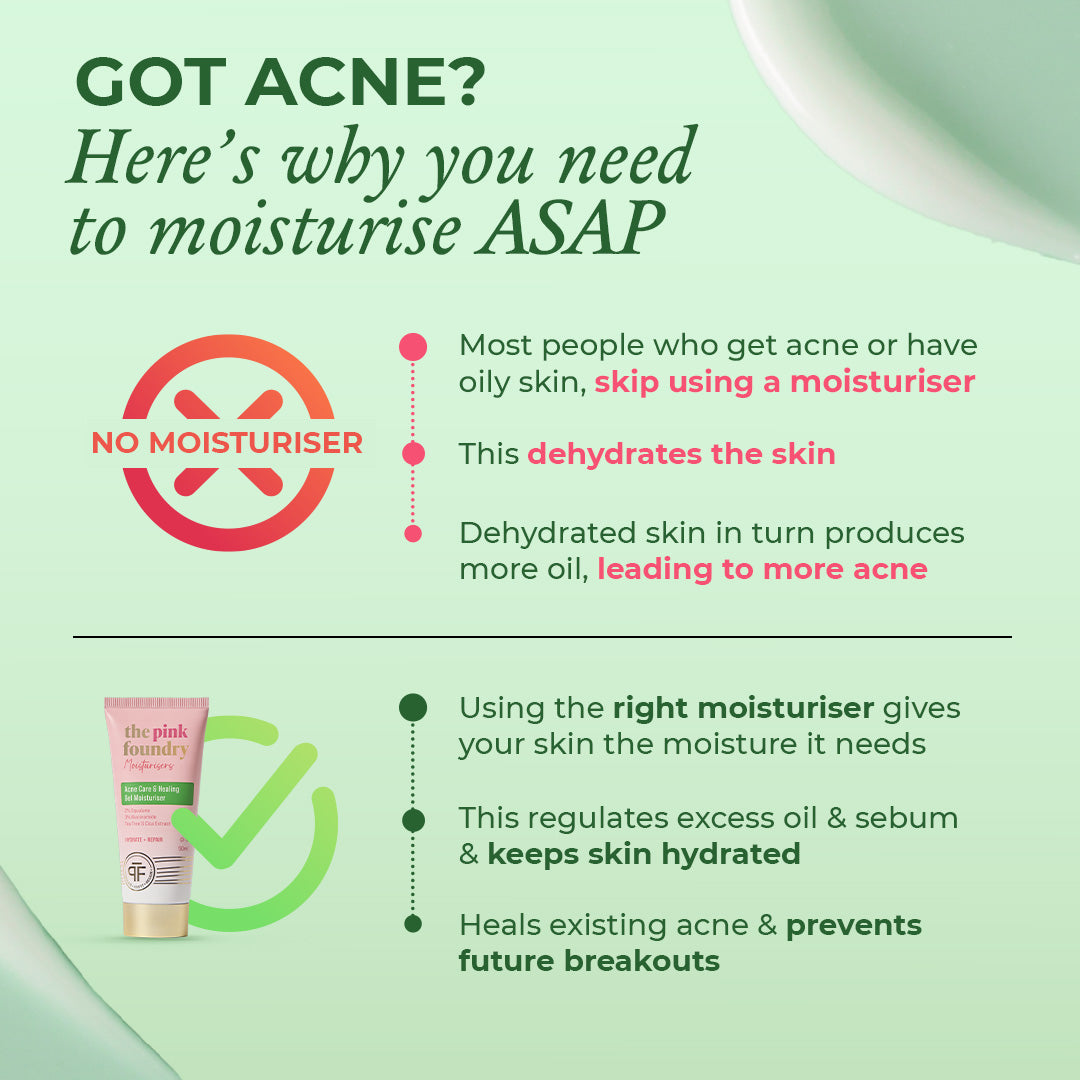
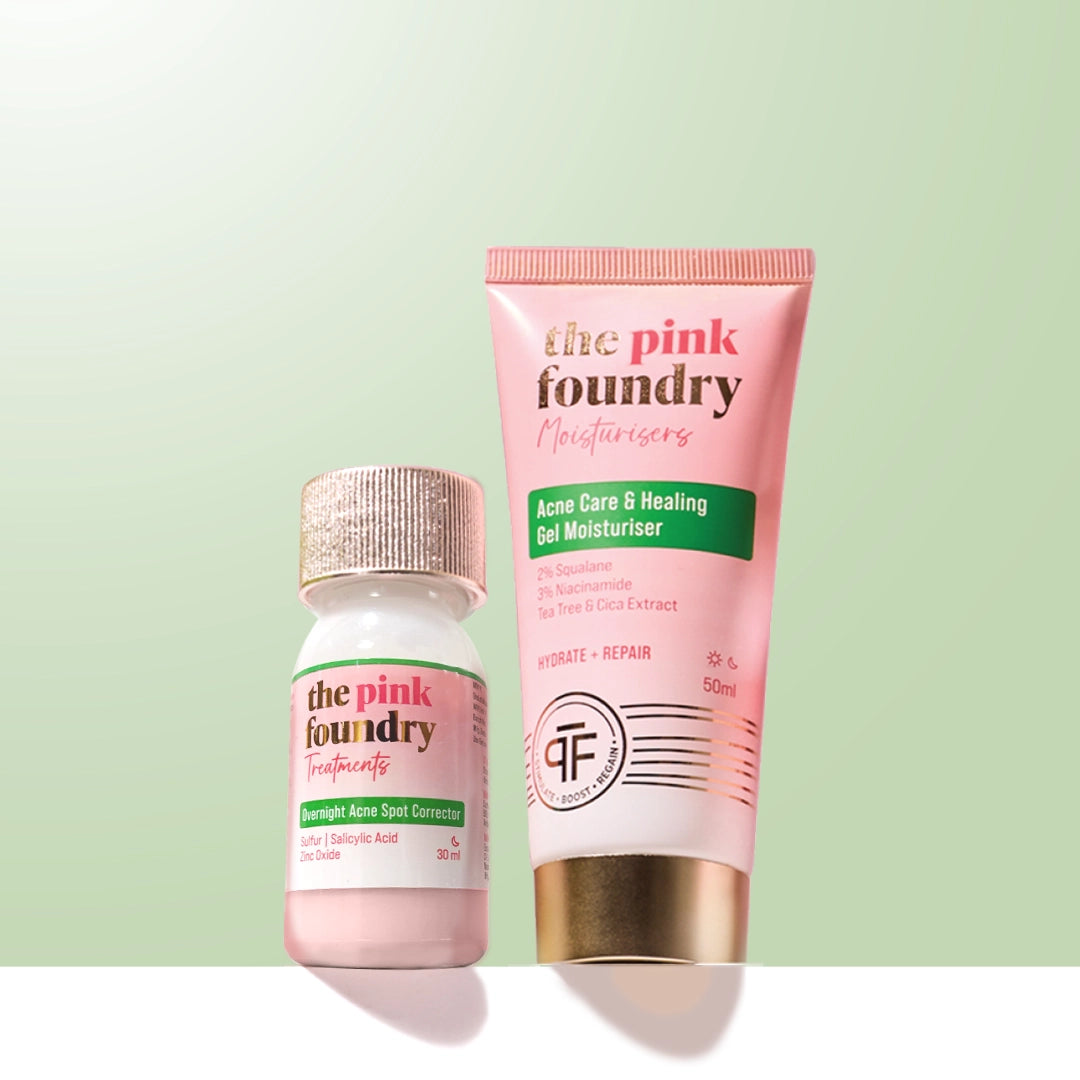
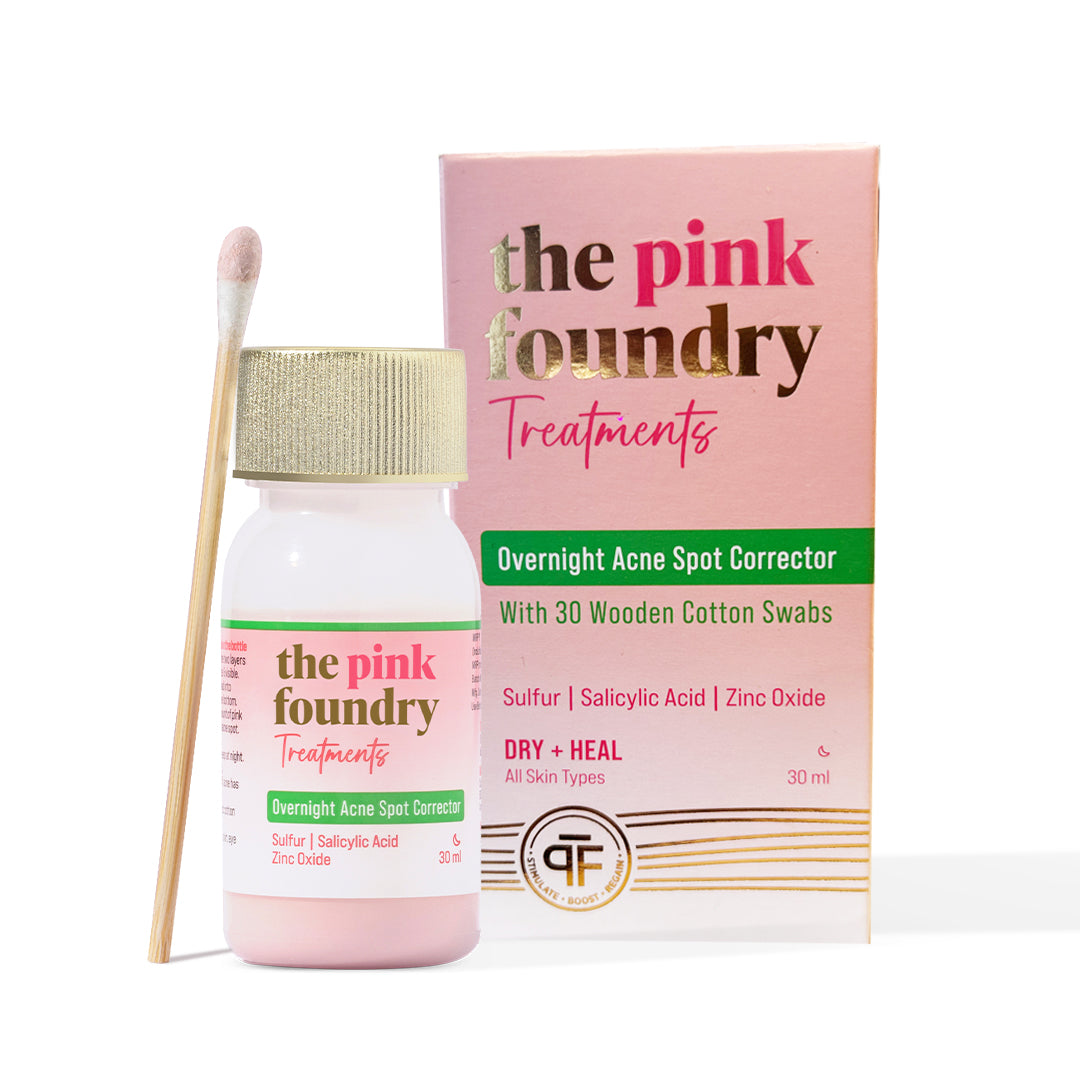
Leave a comment
This site is protected by hCaptcha and the hCaptcha Privacy Policy and Terms of Service apply.